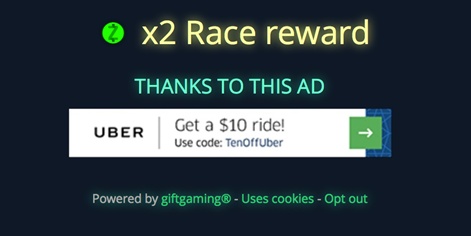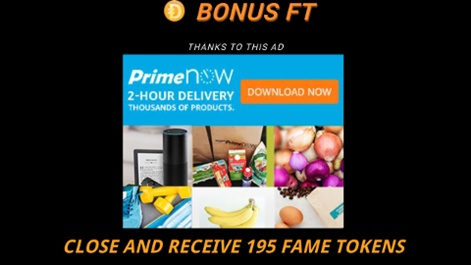Nick Hatter is the CEO at Giftgaming.
Recently, I had the pleasure of speaking at Pocket Gamer Connects: Helsinki on the Optimising Revenue and UA Funding panel where I shared my experience of monetisation.
Through my company, Giftgaming, I’ve worked with a lot of developers and publishers over the last few years. Everyone from one-person indie shops and game studios to large publishers like Creative Mobile and Spil Games.
Here’s one of the most important things I’ve learnt about optimising revenue:
eCPM is one of the most misleading and overhyped metrics.
Effective cost per thousand impressions - or “eCPM” - is a metric for measuring how much revenue you would get if you show an ad a 1,000 times.
This metric tends to be quoted when the revenue model is not on a pure cost-per-impression (CPM) model, but a performance-based one, such as cost-per-acquisition (CPA), cost-per-install (CPI) or cost-per-click (CPC).

A lot of incentivised videos are actually on a CPI basis (but get converted to CPM), meaning that if your players are just watching videos and not installing the advertised apps, your earnings can hugely suffer.
Some publishers therefore choose to cap the amount of incentivised videos per session, especially if players don’t click through on the video. The consequence of not capping can actually result in low CPMs and thus lower revenue!
Since incentivised video and offer walls have such high quoted eCPMs, we can get too obsessed in this industry about this metric. In fact, buying into this metric too much might even kill your company, like it nearly did with ours.
High eCPMs burnt us
We used to provide real-world coupons in games, and advertisers would promise us eCPMs as high as $100 to us.
You must look at the total or incremental revenue per revenue stream, and not just eCPM.
Except we generated barely any revenue (even though the eCPM was really high), and as a result we lost some great key publisher clients. Why is that?
This is because we learnt that when it comes to monetisation tools, what matters just as much, if not more is:
- Player opt-in rate - What percentage of players choose to interact with the tool
- Frequency per session - How frequently can players engage with the tool per session, and does it take much time out of game
Speaking to many prospective clients, as well as by going to a talk at PGC Helsinki on “Best Practices for Monetisation with Ads” by Martine Spaans (owner of Tamalaki), I’ve learnt that:
- Up to 96% of players aren’t opting in for incentivised video
- Up to 98% of players don’t opt-in for offerwall
This means there can be a large percentage of players who are not monetised well, if at all, which can in some cases lead to great eCPMs but little revenue (as I found out the hard way).
Therefore, you must look at the total or incremental revenue per revenue stream, and not just eCPM.
Lesson learned
When next evaluating the revenue potential of ad-based monetisation tools, try using this formula:
Daily Revenue = eCPM x Fill Rate x (Frequency per Session x Opt-in Rate x DAU) / 1000
Next time an advertiser quotes you a high eCPM, ask about the player opt-in rate and frequency per session.
So if you take incentivised video for example, assuming you had 20k DAUs, and for video you get $5 eCPM, 90% fill rate, max 3 video ads per session, and only 20% of players opt-in:
Daily Revenue = $5.00 x 90% x (3 x 20% x 20000) / 1000 = $54.00 per day
Now if you take a monetisation tool that has the same fill rate, but a lower CPM (eg. $0.50), a very high opt-in rate (eg. 95%) and higher frequency per session (eg. 8 per session):
$0.50 x 90% (8 x 95% x 20000) / 1000 = $64.80 per day
Then we can see that even though the CPM might be x10 lower, the overall revenue per day is actually higher.
Conclusion
Thankfully, we switched to sponsored gifts (virtual currency and power-ups funded by incentivised banners and interstitials).
Whilst we have a much lower CPM than video and coupons, we have a very high opt-in rate, and because our gifts only take a few seconds to open, this means we have a high frequency per session. In fact, we recently uplifted one of our client’s daily revenue by up to 38%.
Next time an advertiser quotes you a high eCPM, ask about the player opt-in rate and frequency per session. These other metrics will give you more transparency about how much revenue to expect.

Giftgaming CEO Nick Hatter will be speaking at Pocket Gamer Connects London 2017 on 16 to 17 January 2017. You can find more details and buy tickets here.






















